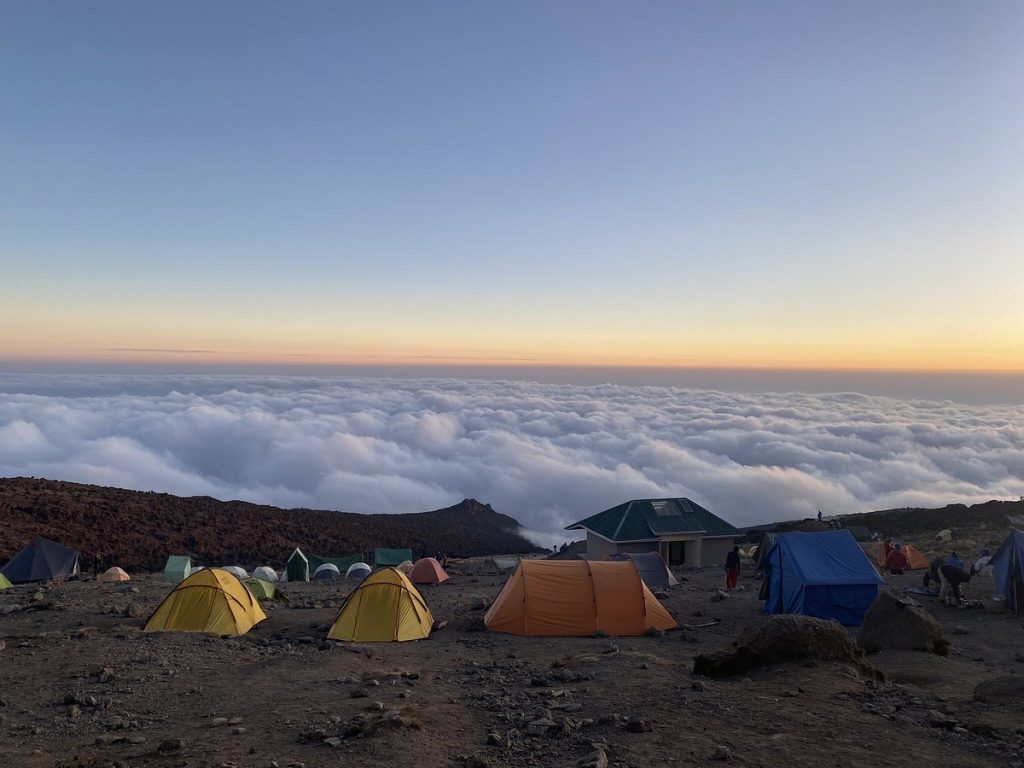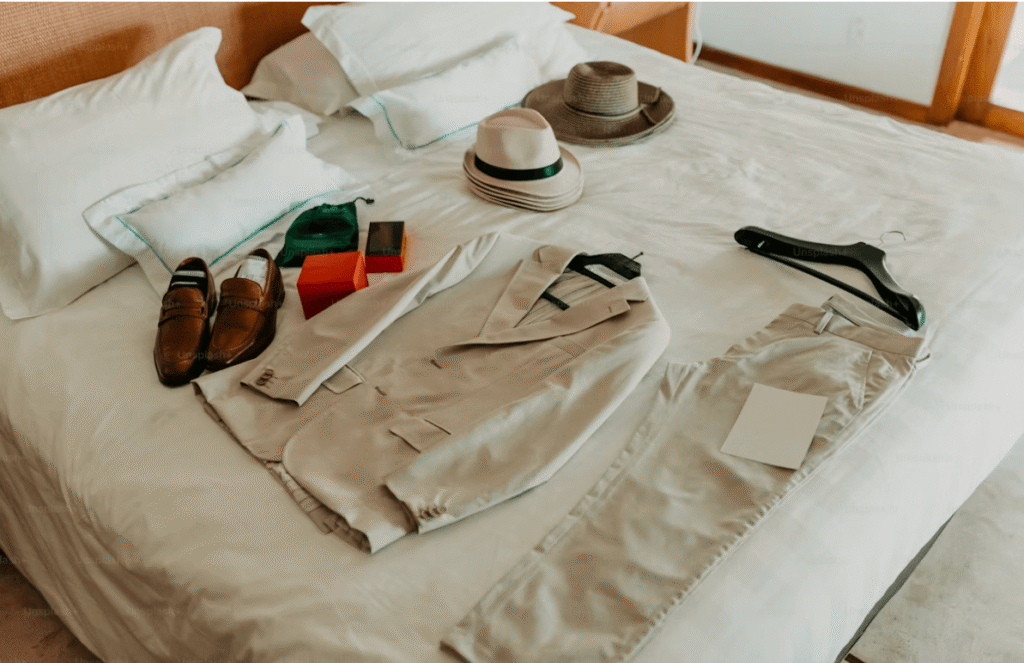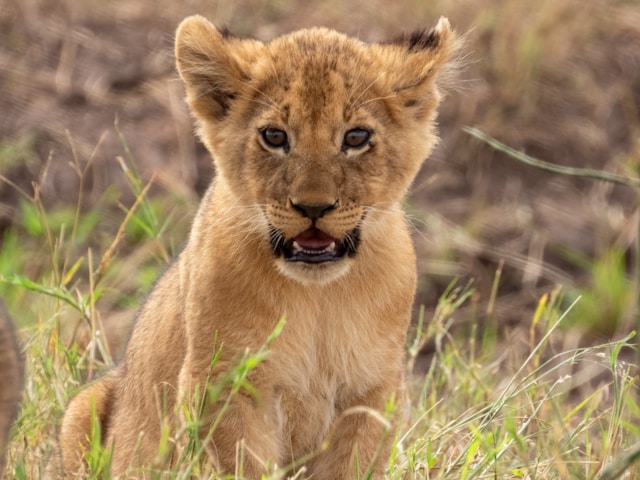In addition to wildlife safari, Tanzania offers a wide range of healthy outdoor pursuits. Choose from hiking, boating, canoeing, diving, and snorkeling. Alternatively, enjoy some birding or partake in some of the nation’s first cultural tourist programs.
Tanzania has more protected wildlife sites than any other nation on earth, with national parks, game reserves, and other important protected areas occupying up one-third of this country’s total surface area. We don’t advise trying to see all Tanzania has to offer during a single trip, so we’ve included some of the greatest activities that Jolita Safari can organize for you to see some of the country’s highlights below.

Wildlife Safari in Tanzania
Tanzania’s 22 national parks, which are unfenced wildlife sanctuaries with no settlements aside from tourism and research institutions, are the jewels in the country’s wildlife crown. None have paved roads, and it is forbidden to overuse natural resources. Although some parks now allow some trekking in certain areas, mainly if booked as part of an organized trip, the classic parks, like Serengeti, largely occupy plains and are where you’ll get to see the creatures you presumably came to Tanzania for.
The more wooded parks of Udzungwa Mountains, Mahale Mountains, Gombe Stream, and Kitulo are best explored on foot, frequently with a licensed tour operator like us. Over sixty game reserves act as biological buffers around the parks, allowing very little human habitation and resource usage. If they include areas frequented by yearly migrations, some of these reserves may offer animal viewing that rivals that found inside the parks. The finest places to experience nature are in forest reserves, which are typically in hilly areas.

How to Organize your Tanzania Wildlife Safari?
A planned safari scheduled through a safari operator in Tanzania is the simplest and frequently least expensive method to experience Tanzania’s untamed side. At the budget level, it’s good to make arrangements after you arrive, allowing you to check out the firm in person. However, for mid-range and premium vacations, booking ahead by months rather than weeks is crucial to ensure that you receive the dates and accommodations you desire.
Land Rovers or Land Cruisers are frequently used on safaris, and they occasionally include roof hatches (handy for taking pictures). By sharing with other people, you may save prices on a typical driving safari. Be proactive rather than passive when on safari. Although portions of the itinerary may be predetermined, daily schedules can be changed to accommodate you and your companions. For instance, if you want to go on an early game drive, don’t be hesitant to advise skipping breakfast or packing sandwiches. Most workers will go above and above to assist as long as they are aware that there will be fair gratuities waiting for them at the conclusion.
Types and Cost of Safari in Tanzania
Your budget, with lodging as the primary element, will dictate the sort of safari you go on; yet, these trips are seldom that inexpensive. Additionally, keep in mind that, if you’re not flying, most of the first and end days will likely be spent traveling to and from the wildlife regions. A “3-day safari” actually refers to two nights. For this reason, unless you’re beginning close by, we’d advise staying at least 3 nights. Everything should be included in the price, including bar booze, and gratuities.
Tanzania Budget Safari
The cheapest options are so-called “budget” camping safaris, which are nevertheless incredibly expensive ($350–490 per person, per day), and share accommodations with other travelers. Small tents are typically used for sleeping, either at more affordable outdoor campsites or in public ones inside parks.
Expect your guide to pitch tents and clean up will be the work of the cook and be ready for some degree of camping comfort, including mattresses and sleeping bags, skipping the evening shower, and simple safari fare. Better tents and food are included in more costly ($350–490) camping at Simba Campsite in Ngorongoro, but the experience is generally the same except the campsite has a Hot shower.
Tanzania Mid-Range Safari
Mid-range vacations with accommodations in safari lodges are more pleasant and cost $500–$1000 per day. Some of them can be really cozy, while others are overrun by package tours and lack the sensation of being “in the woods” that you might be yearning for. If you’re going on a shared safari, learn about the type of vehicle before making a reservation.
Trips using large temporary tents pitched on designated campsites are much cozier but are less frequently offered because they require more time and effort from the safari company (contact Jolita Safari for more information). The tents are equipped with camp beds, linen, hot showers, and portable (chemical) toilets.
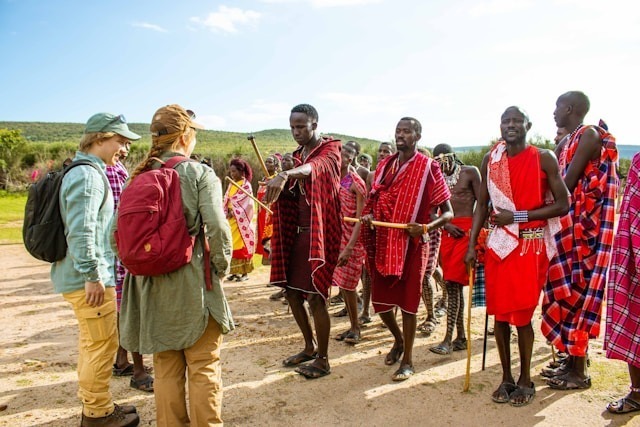
Tanzania Luxury Wildlife Safari
You may have a private, “tailor-made,” flight-inclusive safari for upwards of $1000 per day, skipping the uncomfortable dusty time spent traveling by car. The guiding and service on these excursions should be excellent, and the lodges and camps you’ll be sleeping in—some of which are quite lavish affairs right out of Condé Nast—should be as well.
Pulling out all the stops, you may treat yourself to a “mobile luxury safari” for roughly $2000 per day, which includes champagne breakfasts (really sparkling wine), fly-camps put up in the bush before your arrival each evening, and an expert with a rifle serving as your wildlife guide. Contact us to book a premium safari with real animal encounters in Tanzania.
Wildlife Photography during your Tanzania Safari
Photography Safari is the way to go since equatorial light and dark skin against bright backdrops can be challenging. Feedback is therefore very helpful. You’ll feel most comfortable taking rapid pictures and people with a tiny camera, but for taking pictures of animals, for which you require a good zoom, the Sigma 150-600mm f/5-6.3 Contemporary DG OS HSM Wildlife Lens is considerably superior. Protect whatever you take from dust (zip-lock freezer bags are ideal). Bring plenty of memory cards and extra batteries.
The greatest lighting for photographing animals is in the morning and evening. Patience (and luck) are more important factors than equipment. Never snap photos of individuals without their consent, and if requested, pay for the opportunity to do so; the Tribes people have established a sizable industry out of it. Aiming indiscriminately at passersby might get you in trouble, and keep in mind that in some Islamic regions, it’s a common thought that snapping a photo is equivalent to stealing a portion of someone’s soul.
Snapping anything that may even somewhat be considered a strategic target—such as police stations, jails, airports, harbors, bridges, and government officials—is also not a good idea. Of course, it depends on who sees you.
Traveling with Children during your Safari in Tanzania
Tanzania is a fantastic nation for kids, especially those who are of school age if you can support your child well. Most Tanzanians just like kids, so you should have no trouble making friends with them. Children may also serve as an introduction for you to meet Tanzanians outside of the tourism industry. Finding someone to watch the small ones while you take a break won’t be difficult, since breastfeeding in public is permitted anywhere, including in Zanzibar (with the help of well-placed kanga). In bigger towns and cities, stores may also carry tinned infant milk and diapers (rarely used locally). Reusing clothes is more economical and environmentally friendly.
Malaria, though, remains the main concern. This is especially concerning because none of the medications used for adult prophylaxis are suggested for infants and toddlers. Instead, you’ll need to use insect repellent, mosquito nets, and bug spray (buy a dinky cot-covering tent for babies). Your family doctor, who will also provide you with advice on immunizations, should be your initial point of contact. The other issue is shielding the children from the sun; make sure they are covered in sunscreen, and demand that they wear caps, and wear T-shirts when swimming. Even for infants, sunglasses are a smart option because you can always find cute novelty styles that fit. Of course, make sure they get enough water as well.
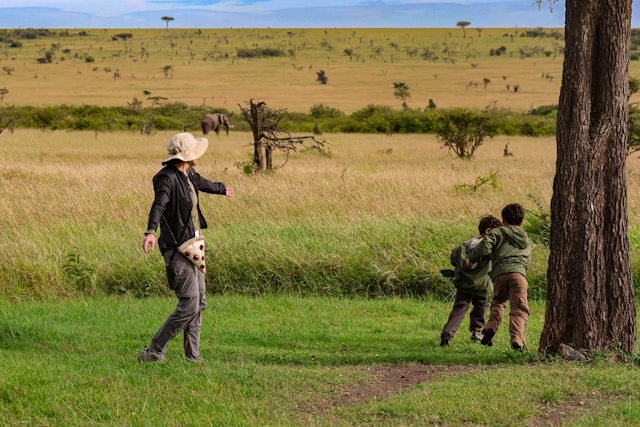
Going on safari, especially in a shared one, is definitely not a fantastic option for a family with small children because the lengthy drives may be boring, and young kids aren’t usually all that enthusiastic to see animals up close. However, renting a vehicle with a driver is completely doable and allows you the flexibility and privacy needed for diaper changes, bathroom breaks, and yelling matches. Detachable child seats are advised. If your children can handle a two to three-hour journey, Arusha National Park, Ngorongoro, and Tarangire (which has many elephants and is a major favorite) are child-friendly sites that only need short drives.
Zanzibares are far more enjoyable for youngsters. On Zanzibar, Paje has a really nice village vibe with shallow, protected waters that retreat at low tide, exposing a variety of fascinating creatures in coral pools. Given enough time, larger hotels should be able to offer babysitting services. At Jolita Safari, we also provide a wide variety of kid-friendly activities.
Travelers to Tanzania with Disabilities
Physically impaired travelers can travel to Tanzania with assistance, but they should be prepared to take physical hits when on safari, even with a mollycoddling driver, as the roads are frequently rough. The easiest national parks to reach by car are Mikumi National Park from Dar es Salaam, Lake Manyara, Tarangire, Ngorongoro from Arusha, and Serengeti from Mwanza. Flying is advised for visiting other parks, albeit on some aircraft there may not be enough space for a wheelchair or movement.
Almost everything offers semi-accessible lodging, if only because most hotels have ground-floor accommodations. In addition to larger hotels in Arusha, Dar, and Stone Town, some on the coast provide ramped access to public areas and elevators are available in some of the larger hotels. Numerous wildlife lodges and campers are likewise just about reachable with assistance. We plan “tailor-made” excursions at Jolita Safari, and they should be able to give you acceptable itineraries.
Towns can be more difficult to navigate because there are fewer or no ramps, pavements that are frequently pot-holed, and small taxis, but if you’re persistent, you should be able to get a minibus taxi (which is the norm in Zanzibar). Public road transportation is not accessible to those with disabilities. However, as the hallway is narrow, you might need to be carried to the train and possibly even to the restroom.
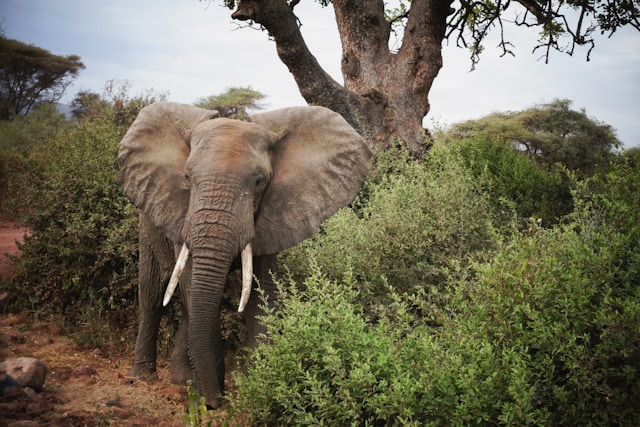
Guidelines during your Tanzania Safari
Driving is only permitted during daytime hours, and most national parks and game reserves have a 50 kph speed limit, with 25 kph being recommended to avoid creating too much dust or startling wildlife. Keep to designated paths and roads; off-road driving is prohibited and destroys delicate ecosystems by causing a cascade of erosive events.
Do not disturb since The “Big Five” — an elephant, a lion, a leopard, a cheetah (or buffalo), and a rhinoceros – are so prized that it’s not unusual to see up to a dozen vehicles swarming a single pride or angry leopard perched in a tree. For other species, this is only a nuisance, but for cheetahs, it poses a major threat because they can’t be covert when surrounded by large visitors and only hunt during the day.
Therefore, let the driver know what you like. In addition, turn off the engine while watching a game and maintain a 25-meter distance.
Feeding animals encourages dependence on people; you can observe this in baboons and vervet monkeys, which can become brash and even violent as a result hence do not feed any wild animals.
Leave no trace, don’t pick or harm flora, be careful putting out campfires, and be sure to put out cigarettes.
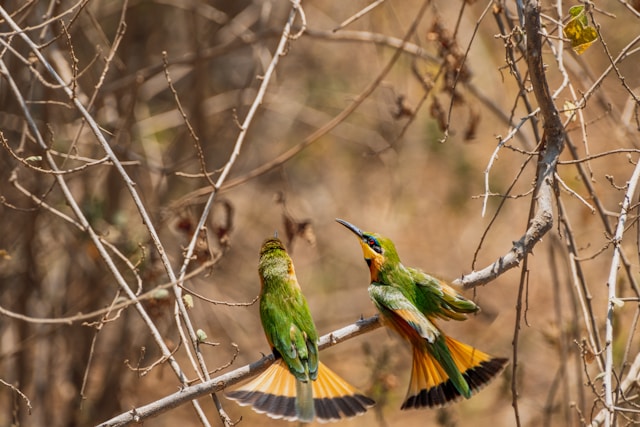
How To Arrange Your Safari?
The flexibility of planning your own trip and the freedom to choose your travel companions are advantages, but it may not always be less expensive to use a company if you need a vehicle, unless you can fill all the seats (usually five or seven). Additionally, you’ll pay full “rack rates” for mid-range and upscale lodging, which could otherwise be lowered if reserved through a safari operator. Gombe Stream, Kilimanjaro, Kitulo, Mahale Mountains, Rubondo Island, and the Udzungwa Mountains are among the parks and reserves that permit entry without a vehicle. You can seek our specialists’ assistance at a few more locations. You will require a 4WD vehicle for the other parks.
Park fees ($55–71 per person plus $20 per vehicle; ), car rental ($250–350 per day including fuel, the driver, and his charges), meals, tips for a guide or ranger (sometimes optional; $40–60), and lodging ($220–300) make up the bulk of daily expenses. The least expensive lodging options inside the parks are camping or using a house operated by the parks ($50 per person), but you’ll need to be independent. Depending on the standard, exclusivity, and location within the park or reserve, plan to pay anywhere from $150 to over $200 per double for a stay in a lodge or tented camp.
Entry fees must be paid in person. Tourists (“non-residents”) pay in dollars at the rates listed. The majority of locations only accept cash payments in US dollars, however, the more well-known northern parks Arusha, Kilimanjaro, Lake Manyara, Serengeti, and Tarangire can accept payments made online.

